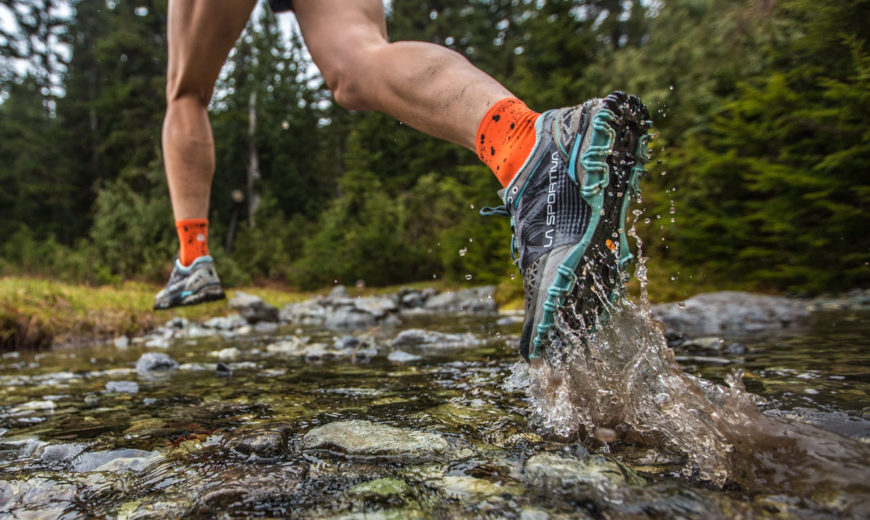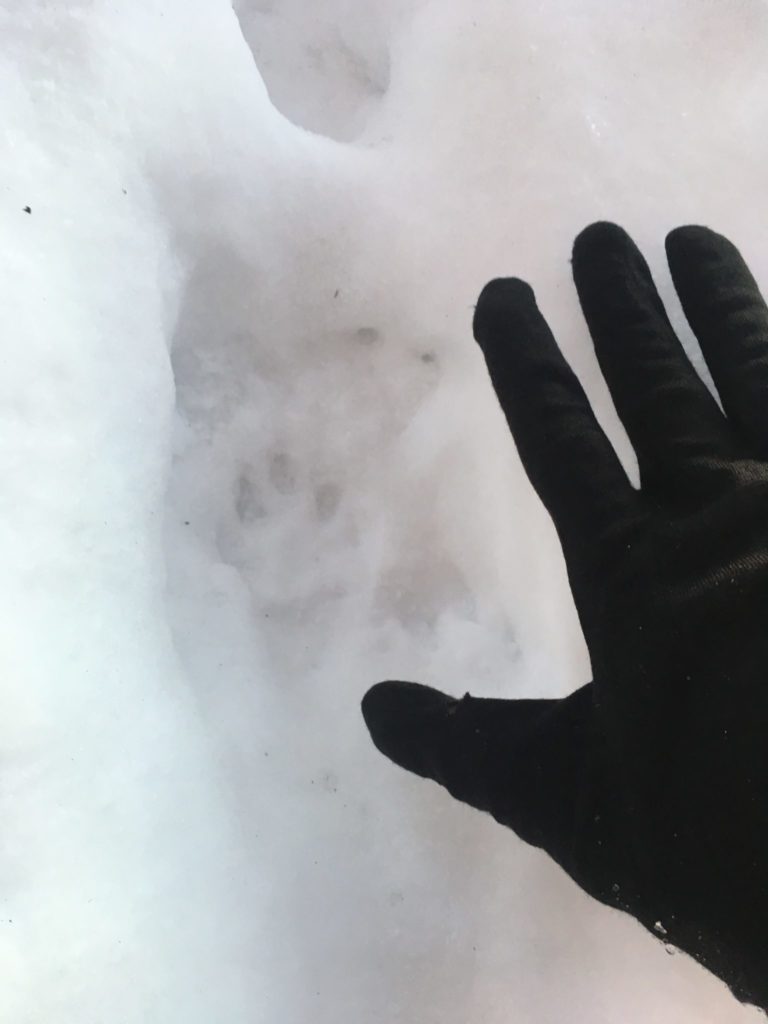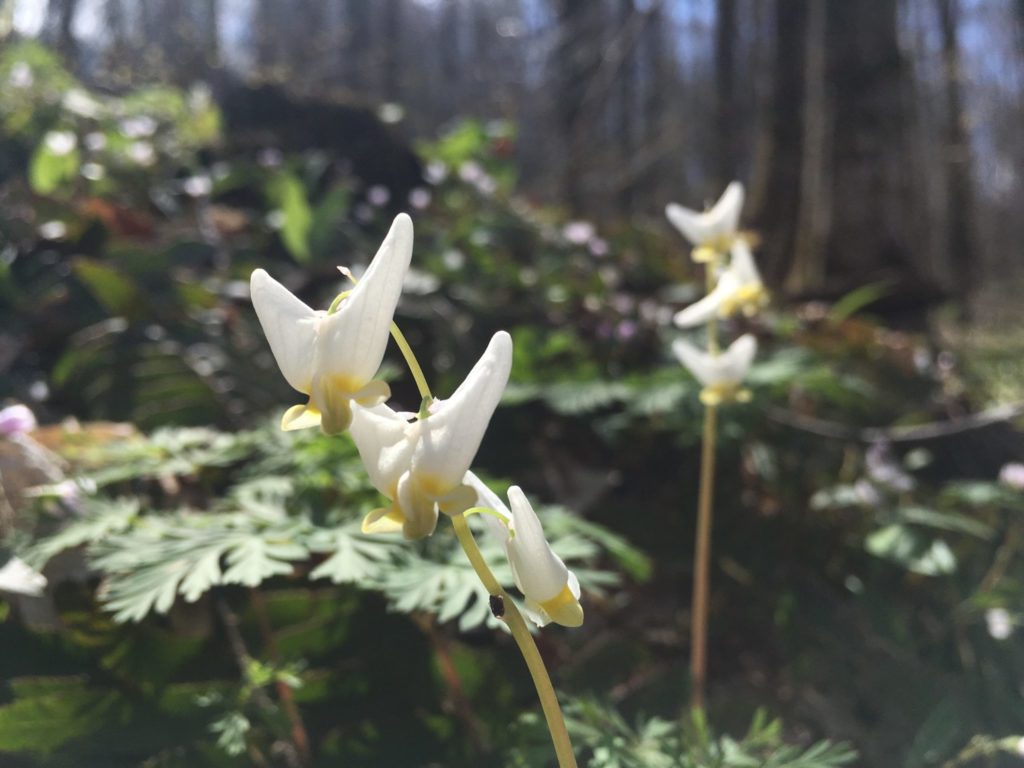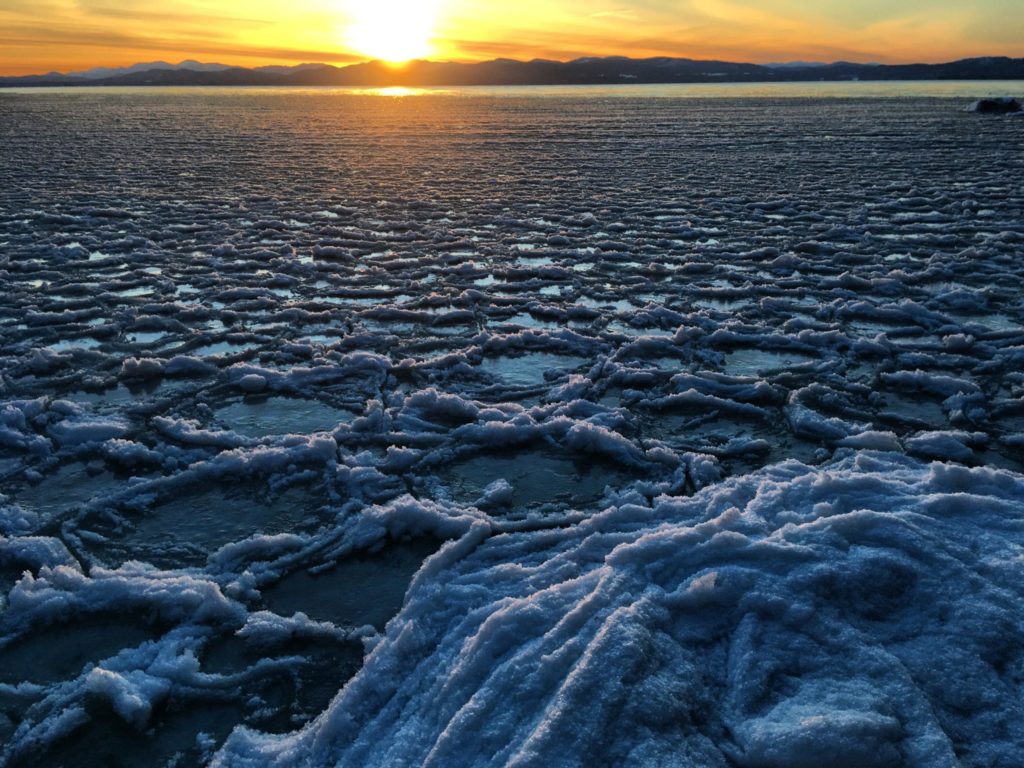Running Wild

Written By: Jason Mazurowski, Field Naturalist Graduate Program, University of Vermont
Wilderness comes in many forms – often as imaginary lines on a map, conjuring images of lawless tangles beyond the edges of our human world. Perhaps the most familiar to us are those giant swaths of forest, “untrammeled by man” with almighty federal designations and millions of acres of pristine peaks and canyons. But truly wild places can be closer than we realize, and these deserve their own merit, not for their vistas nor their scale, but for their capacity to connect us to the natural world.
Among them are Burlington’s “wild heart”: conserved tracts of forested land, discretely tucked into a city of 40,000. These urban wilds are not typical city parks – partially paved and ornamented with trees from other continents – but ecologically functional landscapes, with rich natural and human histories. They’re wildlife corridors, refuges for rare plants, wildernesses in their own right.
When I first left Montana two years ago to begin graduate school, I’d mistakenly equated wildness to remoteness, measured in miles from the nearest town, nearest road, nearest trailhead. Naturally, that first summer in Vermont I was drawn to the nearby mountains – the Adirondacks, the Greens, the Whites. It was cooler up there in the spruces, and quieter, with fewer ticks. Much more amenable to a circumboreal being like myself, and a closer approximation to the wild western landscapes that I’d grown to love.
Back then, Burlington was just another city to me, a place to eat, sleep, study, and await the next adventure. But by the time the first snows of autumn arrived, I was too busy for weekend expeditions, I couldn’t afford snow tires, and my naturalist’s training had taught me that there was more to see than mountains and megafauna. And so I put on a pair of running shoes, grabbed my hand lens, and ventured out into the streets of the Old North End.
It didn’t take long to find my way to the rocky shores of Lake Champlain, cedars zooming by as I leapt from rock to rock, stopping occasionally to watch ravens and falcons soar above the cliffs, listen to the waves crash below, or follow a set of fisher tracks. I’d visited many of Burlington’s urban wilds in the past, but their expansiveness and their proximity to home had escaped me until now, as I cruised through on foot, never more than a couple of miles from home. Running has always made me a better naturalist, and becoming a naturalist has made me a better runner – constantly curious to see what’s around the next bend in the trail.
My forays have become an almost-daily ritual. After a long day of work, I look forward to disappearing into the woods as the sun dips behind the Adirondacks. Some days I’ll go further, through the oaks and hickories of the Arms Forest, and into the floodplains of the Intervale, weaving through giant silver maples.
One afternoon, out of curiosity, I started following the masses of crows overhead as they meandered across the sky toward one of their winter roosts. Not knowing where they would lead me, or how far, I gathered some snacks, binoculars and a headlamp. I tracked them down streets and through neighborhoods that I’d never thought to explore. They ultimately led me through the South End, where I was fortunate enough to bear witness to their cacophonous meeting at Oakledge Park, watching them pour in from every direction by the thousands. Because of them, I know this city a little better.
As the seasons change, new inhabitants will arrive, and spring ephemerals will once again carpet the forest floor. Red-winged blackbirds will be some of the first greet me in the cattail marshes at Arthur Park. Icy floodplain forests will become a sea of fiddleheads, and dutchman’s breeches will ornament the limestone ledges. Of course there are the abiotic wonders too. I’ve become enthralled with the ever-changing ice sculptures along the shores of the lake, sometimes over a meter tall, and the otherworldly sounds of pancake ice clinking together on the waves. It’s almost an obsession, watching day after day as the ice forms and reforms.
I’ve started recording my observations, and I have come to know some of the creatures that share similar rituals as my own – a barred owl perched on the same snag each evening, downy woodpeckers retreating to their nest holes at dusk, a red fox patrolling the Urban Preserve. But every run is different, and on one particularly memorable evening as I ran along North Beach, I stopped to listen to a chorus of coyotes somewhere across the beaver pond. Their wild howls stoked the same emotions that I’ve felt in the company of wolves, and they changed the way I view the urban landscape.
Collectively, these wild areas are to the citizens of Burlington as Walden Pond was to Thoreau, or the Wisconsin farm to Aldo Leopold. They, and other naturalists among them, discovered independently that close, daily observations, season after season intrinsically tie us to a place. Even as citizens of Vermont’s largest city, we are able to observe nature as they did. We can step out of the front door and participate, and make it part of our daily lives.
And so each day I spend time with some of our wild neighbors, whether it’s the ravens at my compost bin, or snowy owls on the breakwater. It doesn’t matter how fast my feet are moving, or how far they take me, I always end up somewhere fascinating. And if I ever don’t know where I’m headed, I’ll look to the sky and follow the crows.
Feature photo: trailrunneruk.com
Other photos: Jason Mazurowski



